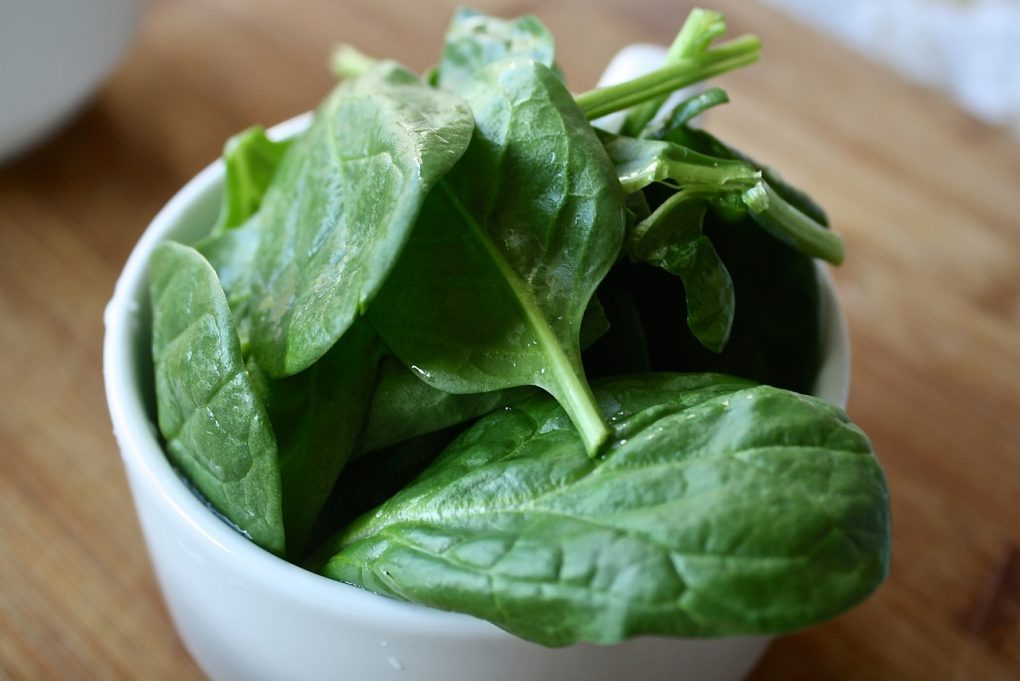
Your spinach is a valuable commodity, and it’s important to make sure it stays fresh and delicious for as long as possible. In this comprehensive guide, we’ll cover the basics of how to store spinach, from the time you bring it home from the grocery store until you are ready to cook and serve it. We’ll discuss the best methods for storing spinach, the common mistakes to avoid, and the tips and tricks that will help you keep your spinach fresh for longer.
Shopping for Spinach
When you decide to purchase spinach, you want to make sure you get the freshest and best-quality product available. Look for bright, deep-green leaves with no wilting or discoloration. Avoid any spinach that looks yellow or slimy, as this is a sign of decay. Additionally, avoid any spinach bunches that are tied too tightly, as this will cause the leaves to become wilted and discolored.
Storing Spinach for Freshness
Once you bring your spinach home from the store, your first step should be to rinse it thoroughly. Use cold water and a salad spinner to remove any dirt from the leaves. After rinsing, you can dry the spinach using a clean dish towel. Then, you can store the spinach in a sealed plastic bag or container. Make sure the container is well-ventilated to prevent condensation from forming on the leaves.
How to Store Spinach in the Refrigerator
The best way to store spinach is in the refrigerator. Place the spinach in the crisper drawer, and make sure the drawer is closed tightly to keep the spinach as fresh as possible. If you don’t have a crisper drawer, you can also store the spinach in the vegetable drawer of your refrigerator. You can also store spinach in a sealed plastic bag, but make sure the bag is vented to prevent the buildup of moisture.
How to Freeze Spinach
If you need to store spinach for a longer period of time, you can freeze it. To freeze spinach, first rinse and dry the leaves. Then, blanch the spinach in boiling water for one minute. After blanching, immediately submerge the spinach in an ice bath to stop the cooking process. Then, squeeze out as much of the water from the leaves as possible. Place the spinach in a sealed plastic bag or container, and freeze it for up to six months.
How to Reheat Frozen Spinach
When you are ready to use your frozen spinach, you can easily reheat it. Place the frozen spinach in a saucepan, and cook it over low heat until it is heated through. You can also add a tablespoon of water to the pan to help keep the spinach from drying out. If you are using frozen spinach in a recipe, you can add the frozen spinach directly to the dish.
Common Mistakes to Avoid
When storing spinach, it’s important to avoid a few common mistakes. First, never store spinach in a closed, air-tight container. This will cause the spinach to become wilted and discolored. Additionally, make sure you don’t wash the spinach until you are ready to use it. Washing the spinach too early will cause it to become soggy and decrease its shelf life. Finally, make sure you don’t store raw spinach with other fruits and vegetables. The ethylene gas produced by other fruits and vegetables will cause the spinach to spoil quickly.
Tips for Storing Spinach
To help you get the most out of your spinach, here are a few tips and tricks:
-If you plan to use the spinach within a day or two, you can store it at room temperature. This will help keep the spinach fresher for longer.
-When storing spinach in the refrigerator, make sure you use an air-tight container or plastic bag. This will help prevent the spinach from wilting and discoloring.
-If you plan on storing spinach for more than a few days, you can blanch and freeze it. This will help extend the shelf life of the spinach.
The Benefits of Storing Spinach
Storing spinach properly can offer a variety of benefits. Properly stored spinach will stay fresh and delicious for longer than spinach that is not stored properly. Additionally, storing spinach properly can help to reduce food waste and save you money. Finally, storing spinach properly will help to ensure that your spinach retains its nutritional value and flavor.
Conclusion
Storing spinach properly is an important part of making sure your spinach stays fresh and delicious for as long as possible. In this guide, we covered the basics of how to store spinach, from the time you bring it home from the grocery store until you are ready to cook and serve it. We discussed the best methods for storing spinach, the common mistakes to avoid, and the tips and tricks that will help you keep your spinach fresh for longer. By following the steps outlined in this guide, you can ensure that your spinach stays fresh and flavorful for weeks to come.
